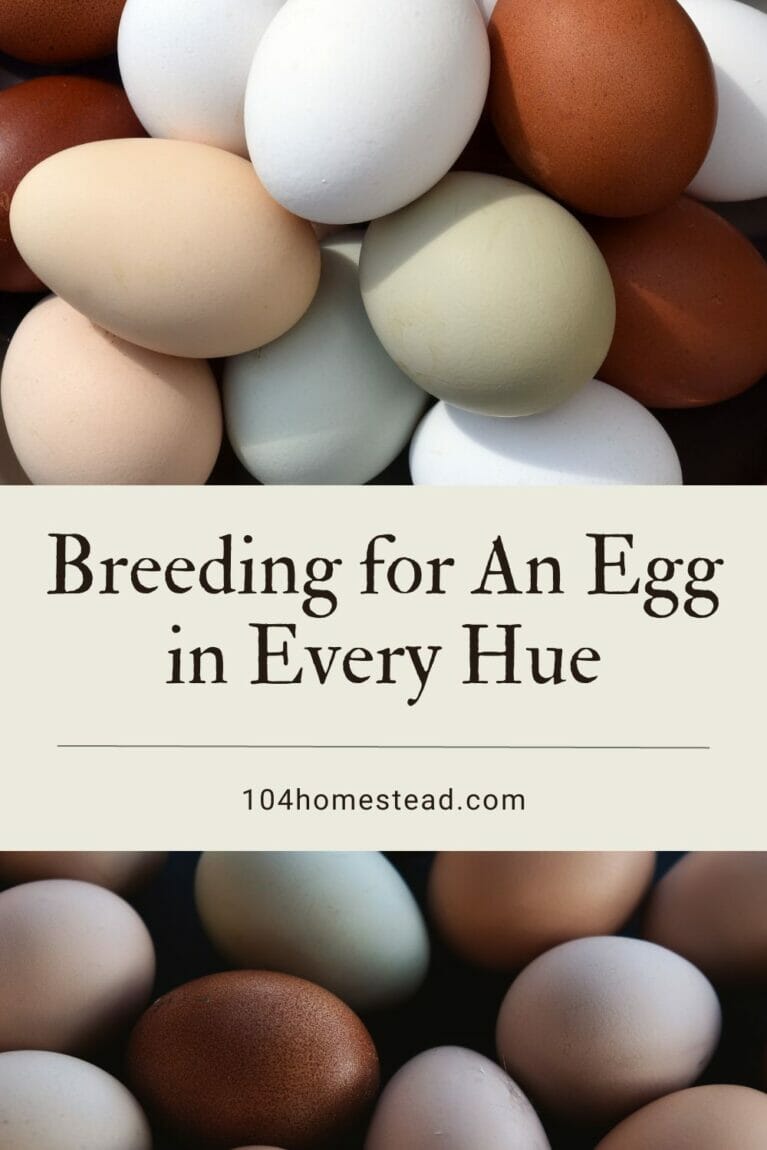An Egg In Every Hue: The Secret to Getting Various Egg Colors
Egg colors are determined by the breeds of the chickens. Learn how to breed chickens for specific egg colors to add pizzazz to your basket.
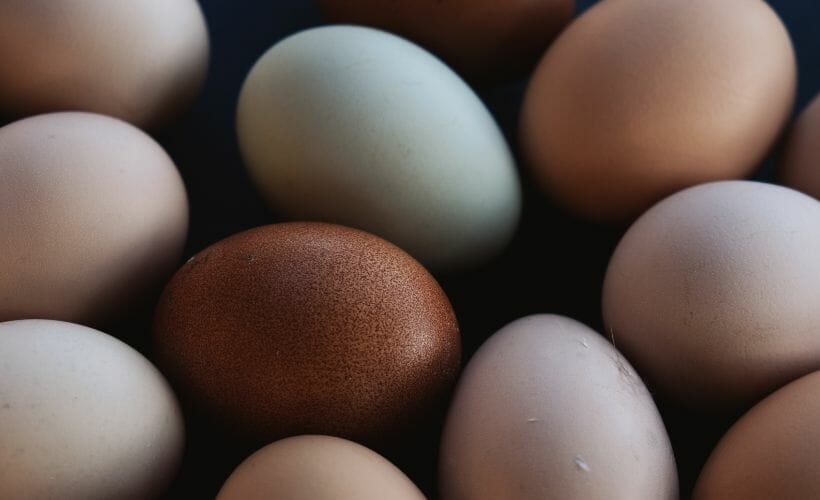
Last week we brought you The Anatomy of Egg Color and it was a huge hit. Now we’re back for more. Remember how we talked about the core color of every egg being white or blue? That knowledge is going to help us play artists and create awesome colors. To breed chickens for a specific color egg (or any desired trait), you need to do your homework on the various breeds. I’m going to give you a few common breeds to work with, but the information you will need is only a Google search away.
Genetics for Egg Colors
For those of you who have been out of high school for a while, here are some key points from biology class that you’ll need to know.
Dominant Genes: The genes that “show” (in our case the egg color that you see)
Recessive Genes: The genes that are “hidden” (in our case an egg color we don’t see)
These terms may not be incredibly important for today’s lesson, but they do play a part.
Mixing Egg Colors
As mentioned in The Anatomy of Egg Color, brown is merely a paint added to white eggs towards the end of the laying cycle. I have tried numerous times to put into words how all of this color mixing works and I haven’t been able to come up with a way to make it clear, so it’s picture time.
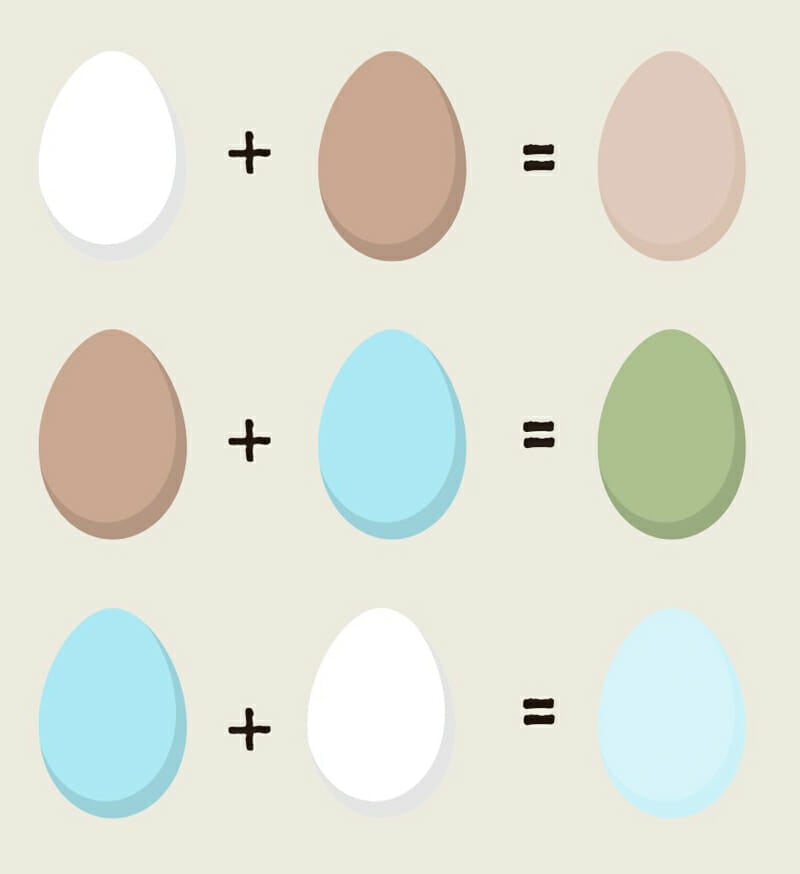
Once you have your basics, you can take it one step further by breeding offspring back to a parent or adding a new breed (egg color) to the mix; you will get a new egg color.
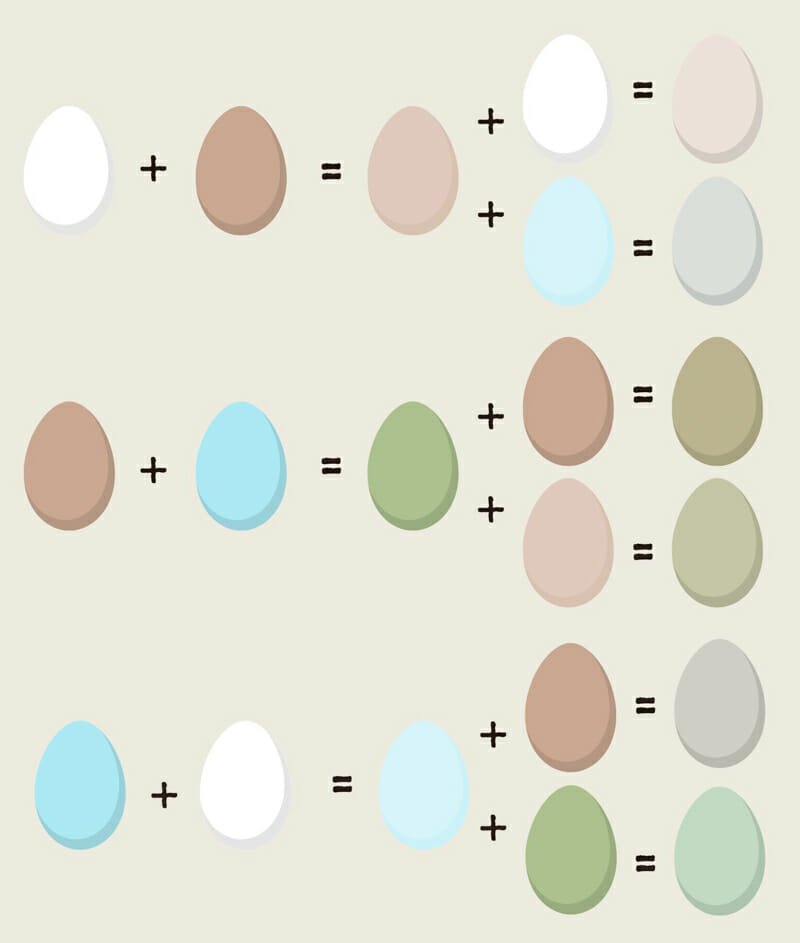
Using Good Breeding Stock
When breeding for egg color, the parent birds’ genetics are very important. You’ll notice when I bred back to one of the parent colors in the diagram above, the resulting egg color was a shade between the two original parents. When you are working to improve color or trying to attain a certain color you need to know the parents come from good stock. This is especially true if you are buying a new bird for breeding stock that isn’t laying yet or is male. Easter Eggers are common birds used for mixing and matching egg colors, but they are not a true breed (it’s a common term for any breed mixed with an Araucana) and can produce unreliable egg colors.
If you want to create an Olive Egger (usually a mix between an Araucana and a Marans) and either of your birds does not carry the genes for the strong desired egg color, you won’t get the results you are hoping for. Sometimes it takes several generations to get the desired color. You may get a green egg and want more of an olive, you would have to breed the green-laying bird with a bird that carries the genes for dark brown eggs.
I Promised Science
Okay, I promised you science, but did I deliver? Yes and no. The system I showed you is basic. More issues can come into play. Remember those dominant and recessive genes I was telling you about earlier? A recessive gene can lay hidden for several generations and pop up at any given time. Unless you have paperwork on the bird’s parentage that goes back to basically the beginning of time, surprises may happen.
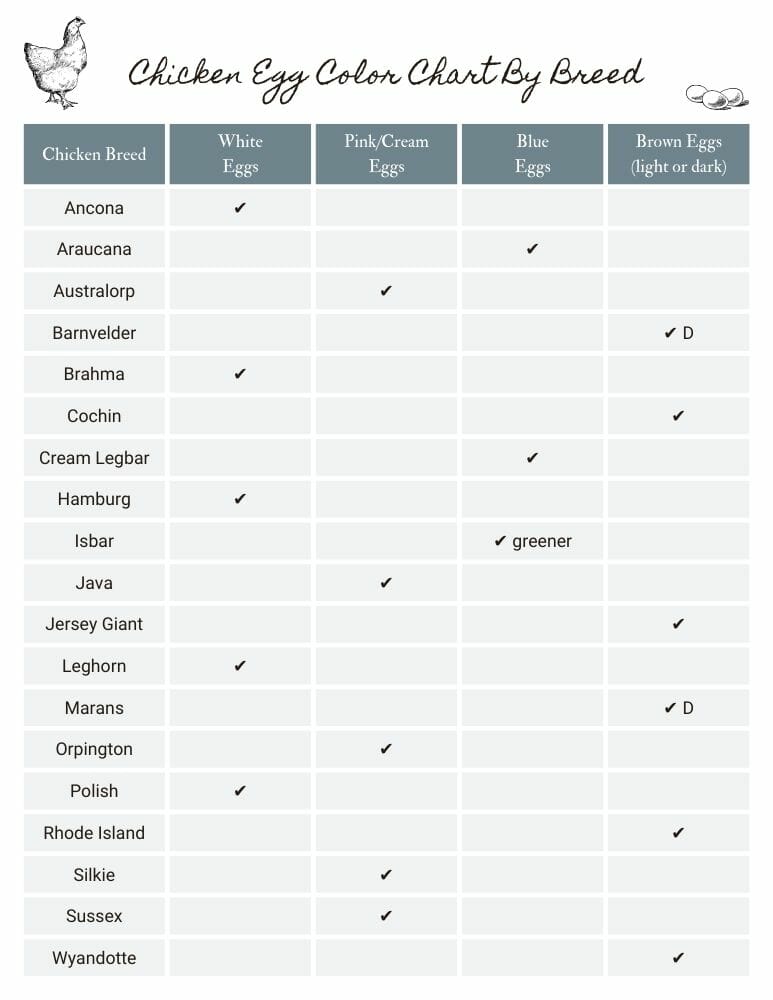
Another aspect that comes into play is protoporphyrin (or what I referred to as “brown paint”). Protoporphyrin is largely controlled by genetics, but the hen itself may affect the shade of brown as well. Environment, health, and diet can all affect how much protoporphyrin a hen produces when she lays. You could take two identically brown egg layers, breed them and get a new shade of brown.
What color is the healthiest egg?
Brown is best is a myth. The color of the shell does not affect the nutrient content. There is no nutritional difference between eggshell colors. Regardless of the outward appearance, the inside of all eggs remains the same (health of the chicken aside, obviously).
Do different colored eggs taste the same?
Like with the nutrition of eggs, the taste is also the same regardless of the eggshell color. The pigments have no effect on flavor.
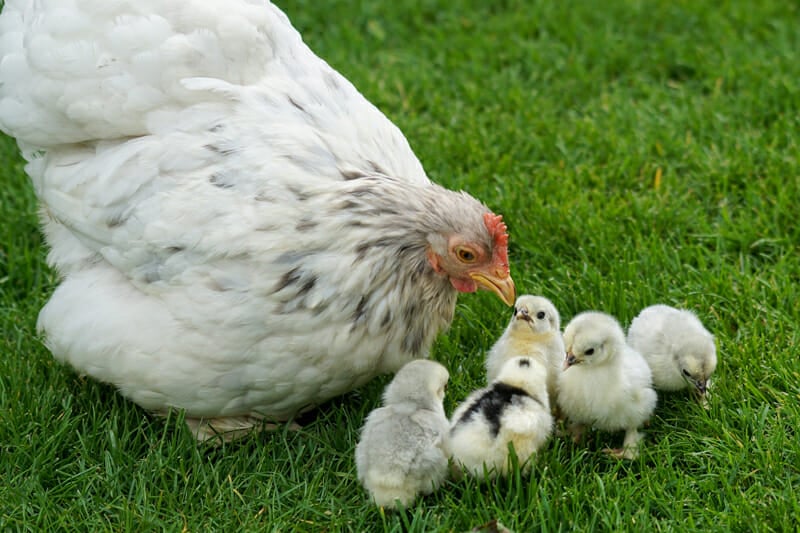
Why Breed for Various Egg Colors?
As mentioned before, some people breed for egg color to improve breed standards. Two great examples are Araucanas (see their color guide) and Marans (see their color guides). Most hobby farmers breed for egg color because it’s just plain fun. I have a flock of fourteen laying hens and each lays a unique colored egg. I love it because it adds diversity to my egg basket, appeals to my egg buyers, and I know who laid what when there is a problem. When my sea foam green eggs start showing up with thin and brittle shells I know to keep a closer eye on Greycie to see how she’s eating and if there are any health concerns.
Have you tried your hand at breeding for egg color? What fun colors have you created?
